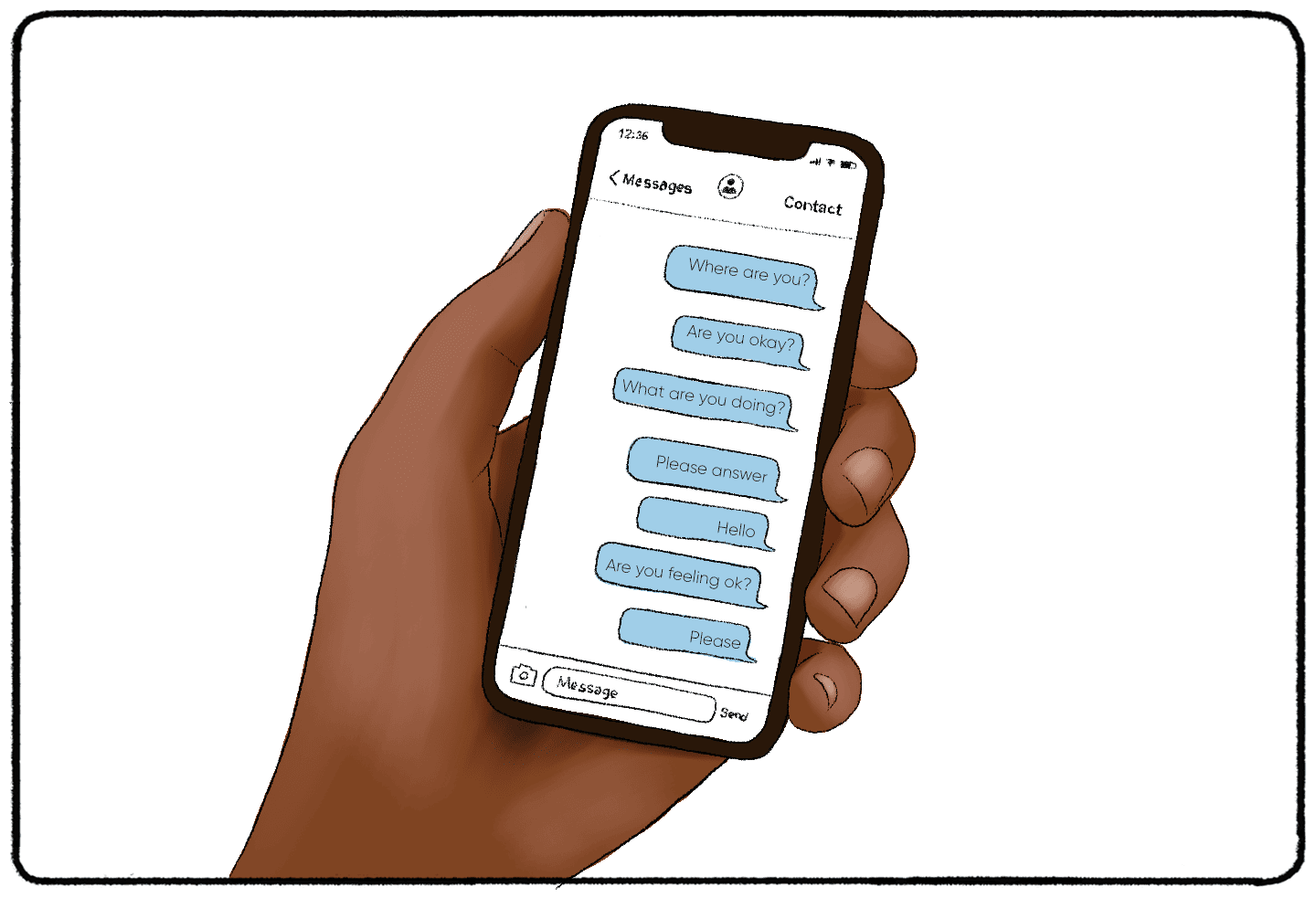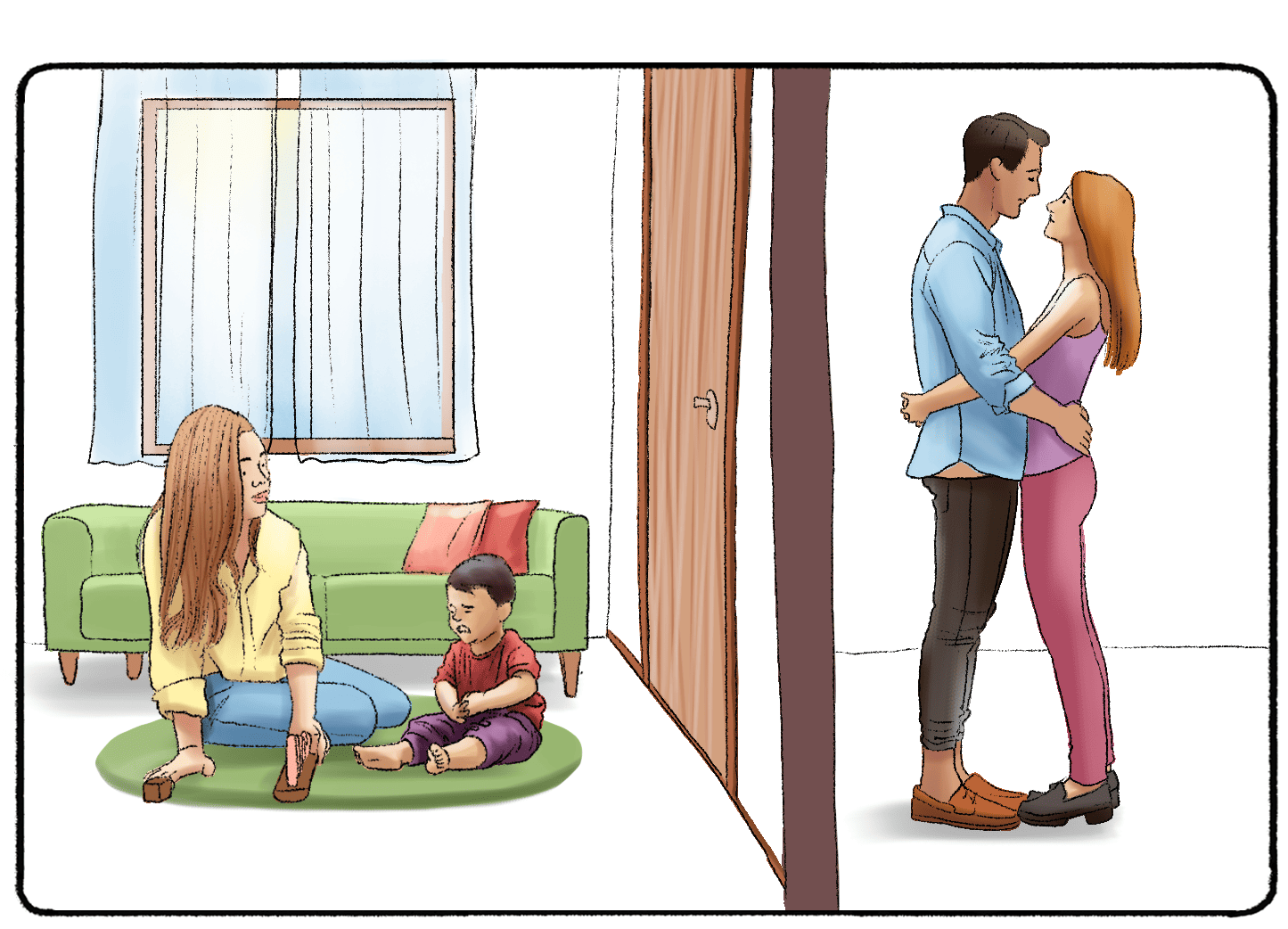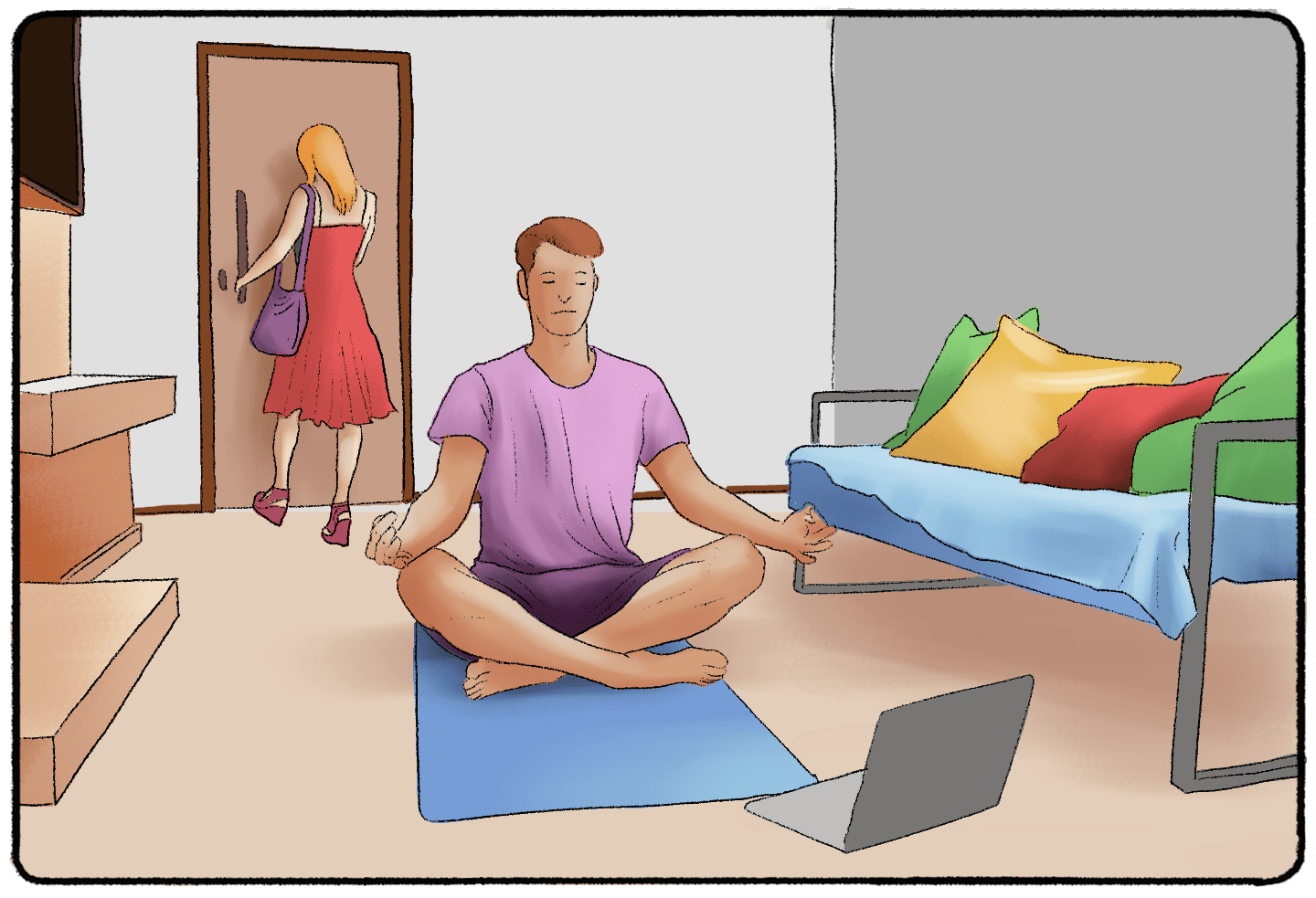Have you ever described a significant other as “clingy?” You might have heard that term used in movies or TV shows. It describes a person always checking in on their partner, wanting to be with them every second of the day. It’s not usually a good thing to be.
What if I told you that “clingy” behavior starts to form before a person can spell the word “clingy?”
Psychologists originally created the attachment styles theory to explain how children become attached (or avoidant) to their parents. As time passes, psychologists have used these attachment styles to understand how people view themselves and their partners in romantic relationships.
What Is the Anxious Attachment Style?
There are four attachment styles: secure, anxious, avoidant, and disorganized. The anxious attachment style is also known as the "resistant" or "anxious-ambivalent" one. It's an insecure style characterized by distress, resistance, and anxiety caused by chaos in their relationship with their parents.

Where Does an Anxious Attachment Come From?
A child develops an attachment style based on their early relationships with their parents or caregivers. If someone has an anxious attachment style, their parents may have only met the child's needs sometimes. They didn’t ignore the child completely - but the child could not rely on them for consistent love and support. Abusive parents or parents who were more concerned with their own needs often inadvertently fostered this uncertainty and inconsistency, leaving the child perpetually anxious and yearning for a stable emotional connection.
Of course, not all cases of anxious attachment come from violent or “bad” parenting. A child may interpret certain situations differently, snowballing into a resistant attachment style. If you display the behaviors of an anxious attachment style, it’s important to understand how your past influenced your behavior, but it’s more important to move forward and make the appropriate adjustments to your mindset and future behavior.
Characteristics of Anxious-Ambivalent Attachment in Psychology
One of the landmark studies on attachment styles is the "Strange Situation" procedure developed by Mary Ainsworth in the 1970s. This experiment was carefully designed to observe the varying reactions of young children when briefly separated from and then reunited with their primary caregiver in an unfamiliar setting.
In this study, Ainsworth and her team observed children aged 12 to 18 months, encompassing diverse demographics, in a series of scenarios involving their mother and a stranger. Based on the behaviors exhibited, Ainsworth identified distinct patterns of attachment.
For instance, approximately 15% of the children observed were categorized as having a Resistant (or Anxious) Attachment. The specific behaviors displayed by these children included:
- Intense distress when the caregiver departed
- A marked hesitation or resistance to engage with the stranger, regardless of the caregiver's presence
- Ambivalence upon the caregiver's return: the child might seek proximity but also display signs of resistance, such as pushing away
- A noticeably higher frequency of crying compared to peers
Furthermore, as psychological research evolved, these attachment styles, originally developed focusing on children, found their way into adult psychology. Researchers, such as Dr. Cindy Hazan and Dr. Phillip Shaver in the late 1980s, started to explore the idea that children's attachment behaviors toward their caregivers were mirrored in the behavior of adults towards their romantic partners. For instance, they posited that a child with an anxious attachment style might grow into an adult who exhibits similar anxieties and behaviors in intimate relationships, highlighting the long-lasting implications of early attachment experiences.

Signs of Anxious-Ambivalent Attachment in Adults
- Intense distress when the partner leaves
- Clinging to the partner and resisting their departure or distance
- Constantly “checking in” on the partner during the day
- Co-dependence and heavy reliance on their partner
- Failing to explore strangers even when the partner is present
- Distrust of strangers
- Being overly sensitive to the attachment figure’s behavior
- Unpredictable behavior and mood swings
- Anger when a partner or friend is not texting back
Unfortunately, people who fall under this attachment style may get a bad reputation with their partners. It’s not uncommon for an anxious attachment style to be written off as “clingy” or “needy.” Remember, the children with an anxious attachment style cried the most out of any children in the Strange Situation studies.
Is Anxious Attachment Style Bad?
Many of these behaviors are red flags. If someone is codependent on their partner too quickly, the partner may later feel that they are overwhelmed or suffocating. To keep the partner close, a person with an anxious attachment style may also use tactics like manipulation or acting out. These behaviors are intended to bring out the partner’s feelings and get reassurance that the partner is still invested in the relationship.
This can become a vicious cycle. Anxious attachment styles are often developed because a parent forces the child to be their main supporter and to “deal with” their emotional needs. The child grows up to have an anxious attachment style and then repeats the same process with their partner. If their behavior is not changed, the same process could also be repeated with the person’s child.
Overcoming Anxious Attachment In Romantic Relationships
No one wants to be written off as clingy or needy. No one wants to set themselves up to be a parent who bestows an anxious attachment onto their child. But is it possible to overcome anxious attachment style in romantic relationships? Yes.
Acknowledge Where You Are
The first step is to accept and acknowledge where you are today. You may have damaged or even ended relationships due to codependency or your insecurity in the relationship. You may feel very anxious that your partner will leave you, even to the point where you act out. While these behaviors aren’t healthy, it’s unhealthy to label yourself as “broken” or wallow in self-pity because of your attachment style. Remember, your parents have played a huge role in this attachment style.
It’s also not healthy to get upset with your parents. They may not have understood how their behavior affected you. Creating boundaries with toxic people is healthy, but having empathy can also help you move forward and take on a more secure attachment style.
Talk to a Professional
There are many nuances to consider when evaluating, understanding, and potentially changing behavior. The lines defining a "toxic" or "misunderstood" parent can be elusive. For instance, a "misunderstood" parent might be one who genuinely believes they are acting in their child's best interest, but their methods may inadvertently create feelings of insecurity or anxiety in the child. They might be coming from a place of love, but their actions — perhaps because of their upbringing or personal traumas — might not align with the child's needs.
While I cannot prescribe specific actions regarding parental relationships, I strongly recommend seeking insights from a therapist or mental health professional if you're grappling with these concerns. They can provide guidance tailored to your specific situation. Therapy can be a powerful tool to help you process childhood experiences and understand the origins of certain behaviors, allowing for informed decisions and personal growth.
Mindfulness
Persistent texting or anxiety comes from a fear that your partner will leave you. Every time they create distance, you wonder if or when they will close that distance. It’s time to be more mindful about when your partner creates “distance” and how you can handle yourself in a more secure manner.

Mindfulness can take you “out of your head” to look at your situation. Let’s say your partner tells you they want to have a girl’s night and that it’s best that you stay home for the evening. It can be easy to get caught up in anxiety, especially if you have prior plans to hang out. Be mindful of how you feel and how your fears may affect your mindset and behavior. If you can step back and calm yourself down, you may be able to prevent acting out and let your partner have a good time.
Other Suggestions
Comments on this Reddit post titled "Women who have overcame anxious attachment style into secure attachment, how did you do it and how long did it take?" had some great advice that can be applied to women or men dating women or men!
"A mix of educating myself about myself through books and therapist-led podcasts and the fact that I have an incredible partner who makes me feel safe. It helped me put the things I learned into practice.
One of the most helpful phrases I learned was "hypervigilance". If you have an anxious attachment style, you know what that term means for you. It is so, so helpful to be able to identify it. Makes it so much easier to stop. Like, "Oh, I notice myself feeling anxious and paying too much attention to what my partner is up to. I'm being hypervigilant. Take a breath and assume he is completely fine." For me it activates most when it comes to separation/his safety, but for a lot of folks it has more to do with feeling threatened when your partner is being autonomous or meeting/spending time with other people."
If you believe you have an anxious attachment style, you don’t have to go to a therapist today and immediately change who you are. But if you notice that your fears or acting out tend to cause trouble in your relationships, your attachment style may explain why. Stay aware of how your behavior influences your relationships and when it might be time for a change.
